Injuries or infections can cause feet to swell. Other than that if you have some serious health conditions like heart failure, kidney disease, and many more that can also cause swelling in the legs, feet, and other parts of the leg.
Leg and foot swelling is a common problem among older people. For more details check out this blog till the end.
What is Leg Swelling?
It’s a medical condition that causes swelling and fluid buildup on the different parts of the foot. It occurs for various reasons such as inflammation, diseases, or diseases in joints that cause leg swelling. Later on in this blog, we will discuss it in detail so read it till the end.
Symptoms of Feet Swelling?

- Swollen feet, legs, and ankles.
- Puffiness in the affected area.
- Tightness and stiffness in the affected area.
- You might be feeling a little stretched while moving around.
- Felling discomfort in the affected area.
- Felling a little pain.
Causes of Feet Swelling?
Heart Failure
It is the most common cause of swelling in the legs. When a person's heart is not functioning properly and blood can build up on different parts of the legs that condition is called edema.
For those who have heart failure health condition their leg, ankles, and feet get swollen.
Liver Diseases
The liver produces a protein called albumin, a protein that prevents fluid leaking from blood vessels. Due to some health condition liver can’t make enough albumin and that cause fluid build-up in the leg area.
That can lead to leg swelling. If a person is suffering from liver disease then it is difficult to detect, cause at the begging it doesn’t have any symptoms.
Kidney Diseases
The kidney plays an important role, it filters the water in the blood and helps to balance the salt and minerals in the body. It also filters the waste in your body and then removes it through urination.
Due to some health conditions if the kidney is not functioning well then waste fluid will build up in your leg and cause leg swelling.
Leg Injuries
If a person suffers from an injury while running, exercising, or walking that can lead to leg swelling. It is a common health issue that all age of people suffers from.
Infections
Infections in your limbs, ankle, and feet can cause leg swelling. This condition is called Cellulitis and generally affects the lower limbs of a person’s body
Those who have diabetes can easily get infected and that might lead to leg swelling. Make sure that to are taking care of the leg.
Lymphedema
When a person’s limb nodes are damaged or removed then fluid will accumulate in the tissues and that lead to swelling.
Lymph nodes are part of the immunity system. These glands help to release the fluid in the body. If the pelvis is damaged then that can cause fluid to accumulate in the leg and lead to leg swelling.
If you are suffering from lymphedema then you might feel a little pain and heaviness in your leg areas.
Venous Insufficiency
The vine has valves that help to maintain the blood flow and prevent blood from flowing backward. When a person’s valves are not working properly then they are suffering from venous insufficiency. Valves can’t carry enough blood to the heart and that causes skin ulcers. infections, and many more.
How to Prevent Leg Swelling?
There are serval ways a person can prevent knee swellings.
Maintain a healthy weight
Excess weight can put extra stress on your knees, causing inflammation and swelling. Maintaining a healthy weight can help reduce the pressure on your knees.
Exercise regularly
Regular exercise can help strengthen the muscles around your knees, which can help support your joints and reduce the risk of knee swelling. However, it's important to avoid exercises that put too much strain on your knees, such as running on hard surfaces.
Use proper form when exercising
When exercising, make sure to use proper form to avoid putting undue stress on your knees. For example, when doing squats or lunges, make sure your knees are aligned with your toes and don't extend beyond them.
Wear supportive shoes
Wearing shoes with good support can help reduce the impact on your knees when walking or running.
Take breaks
If you're doing an activity that puts a lot of strain on your knees, take frequent breaks to rest and stretch your legs.
Use ice and elevation
If you do experience knee swelling, applying ice and elevating your leg can help reduce inflammation and pain.
When you should visit a doctor?
If you have these symptoms then visit a doctor as soon as possible.
Are you experiencing severe or sudden knee pain in your knee? It could be a sign of a serious injury or condition that requires medical attention.
If you notice significant swelling or redness around your knee, it could be a sign of an injury or infection.
Can’t move or put weight on your knee, it could be a sign of an injury or underlying condition.
If you have persistent pain or swelling in your knee, it could be a sign of an underlying condition such as arthritis or tendinitis.
If your knee feels unstable or gives way when you walk, it could be a sign of an injury or condition that requires medical attention.
In general, if you experience any persistent or concerning symptoms related to your knee, it's best to consult with a doctor to determine the cause and appropriate treatment.
21 Home remedies for Leg Swelling?
Take Proper Rest
Resting the knee is one of the most important things you can do to reduce swelling. Avoid activities that put stress on the knee and take frequent breaks.
Ice
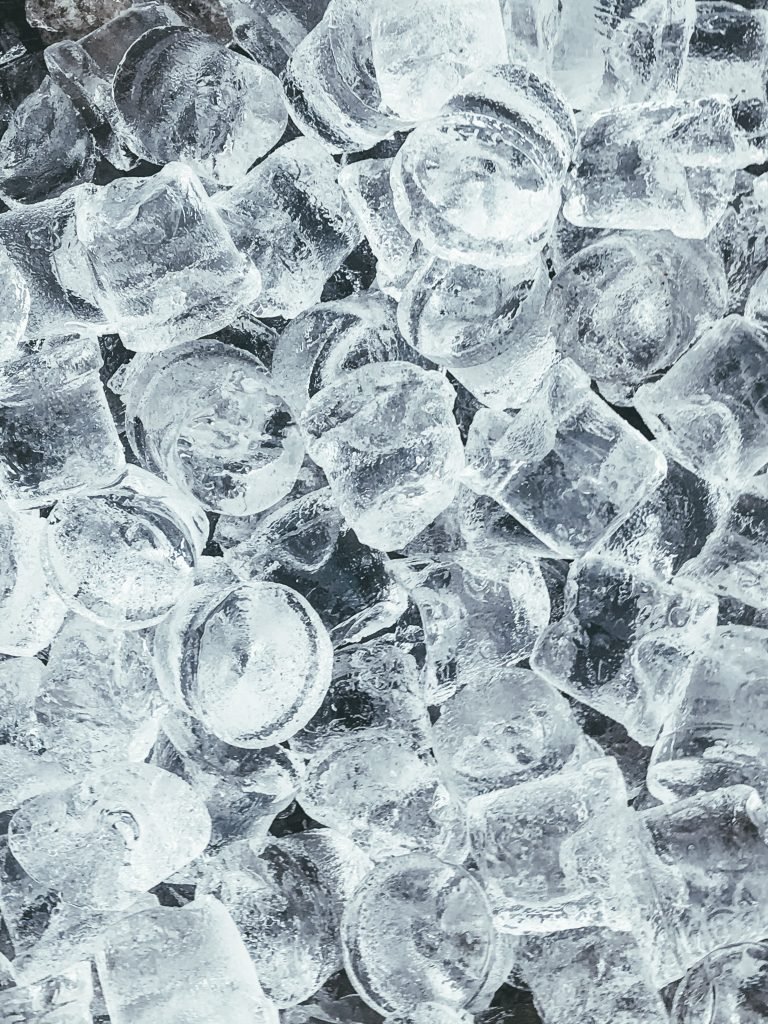 Applying ice to the knee for 20 minutes at a time can help reduce swelling and pain. Use a cold compress or a bag of frozen vegetables wrapped in a towel.
Applying ice to the knee for 20 minutes at a time can help reduce swelling and pain. Use a cold compress or a bag of frozen vegetables wrapped in a towel.
Elevation
Elevating the knee above the level of the heart can help reduce swelling by improving circulation. Use a pillow or cushion to prop up the knee.
Compression
Wrapping the knee in a compression bandage can help reduce swelling and provide support. Make sure the bandage is not too tight.
Turmeric
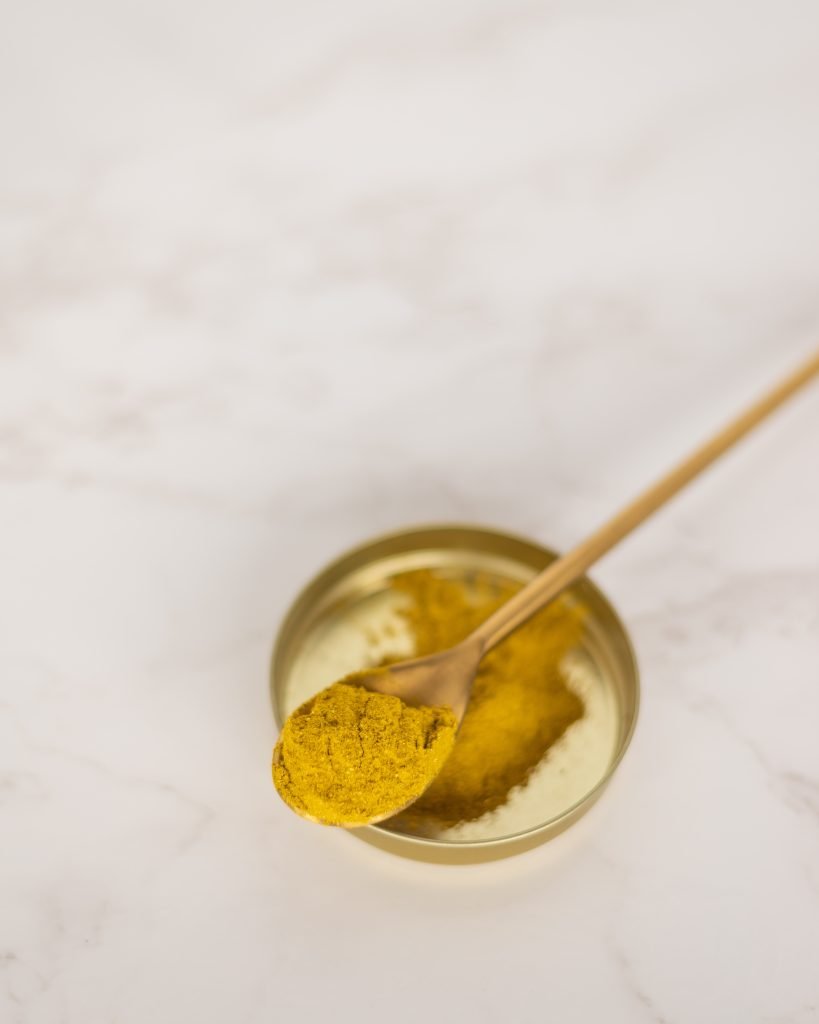 Turmeric has anti-inflammatory properties and can be added to food or taken in supplement form to help reduce knee swelling.
Turmeric has anti-inflammatory properties and can be added to food or taken in supplement form to help reduce knee swelling.
Ginger
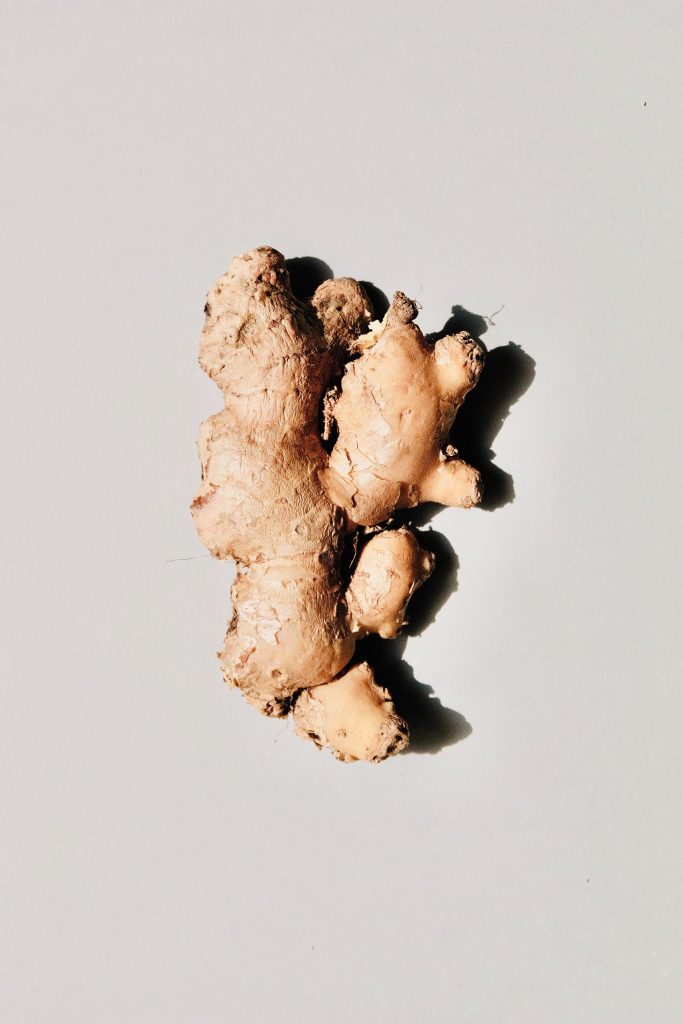 Ginger has anti-inflammatory properties and can be added to food or taken in supplement form to help reduce knee swelling.
Ginger has anti-inflammatory properties and can be added to food or taken in supplement form to help reduce knee swelling.
Massage
 Massaging the knee can help improve circulation and reduce swelling. Use gentle, circular motions with your fingertips.
Massaging the knee can help improve circulation and reduce swelling. Use gentle, circular motions with your fingertips.
Heat
Applying heat to the knee can help improve circulation and reduce swelling. Use a heating pad or take a warm bath.
Apple cider vinegar
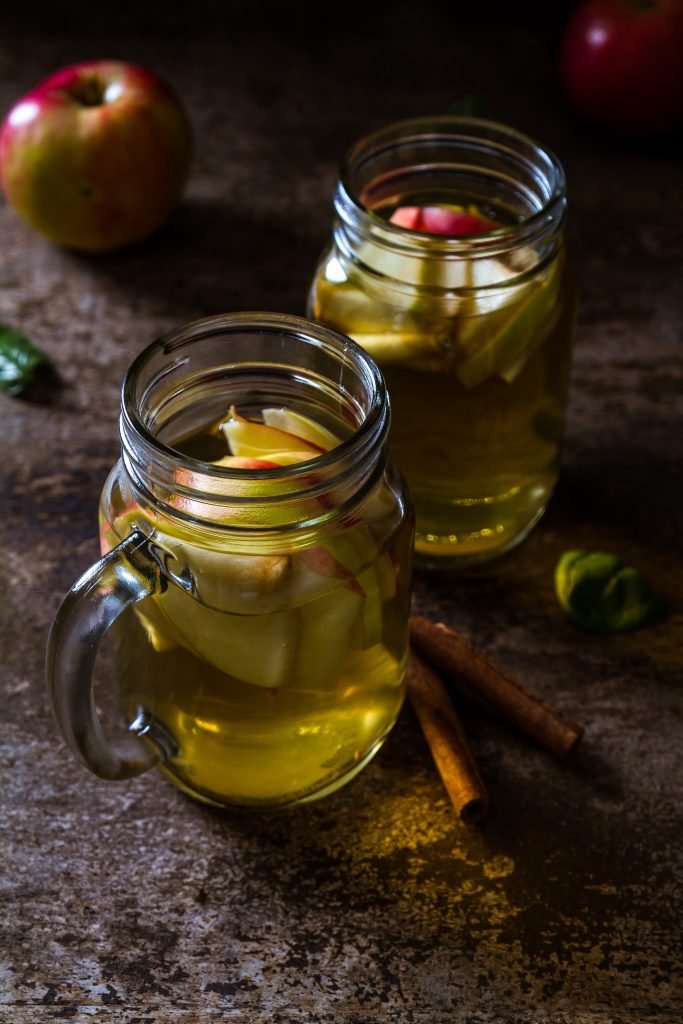 Apple cider vinegar has anti-inflammatory properties and can be added to food or taken in supplement form to help reduce knee swelling.
Apple cider vinegar has anti-inflammatory properties and can be added to food or taken in supplement form to help reduce knee swelling.
Omega-3 fatty acids
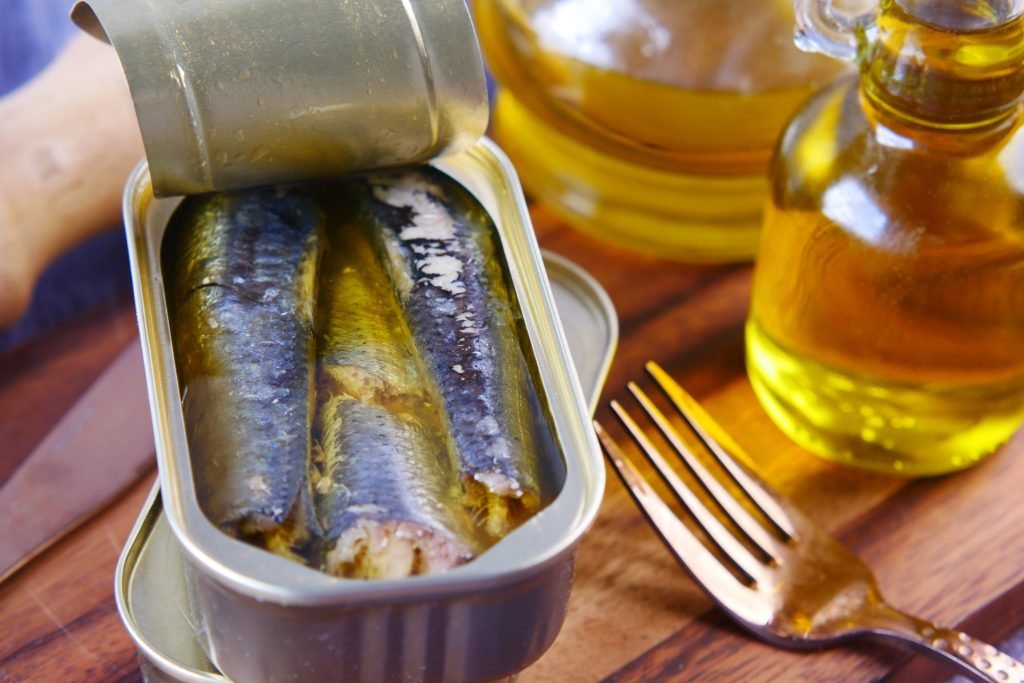 Omega-3 fatty acids found in fish oil can help reduce inflammation and swelling. Take a fish oil supplement or eat fatty fish like salmon.
Omega-3 fatty acids found in fish oil can help reduce inflammation and swelling. Take a fish oil supplement or eat fatty fish like salmon.
Pineapple
 Pineapple contains bromelain, an enzyme that can help reduce inflammation and swelling. Eat fresh pineapple or take a bromelain supplement.
Pineapple contains bromelain, an enzyme that can help reduce inflammation and swelling. Eat fresh pineapple or take a bromelain supplement.
Magnesium
Magnesium can help reduce inflammation and muscle tension. Take a magnesium supplement or eat magnesium-rich foods like spinach and almonds.
Vitamin C
Vitamin C can help reduce inflammation and support the immune system. Eat vitamin C-rich foods like citrus fruits and bell peppers.
Epsom salt
Epsom salt baths can help reduce inflammation and promote relaxation. Add 1-2 cups of Epsom salt to a warm bath.
Arnica
Arnica is an herbal remedy that can help reduce swelling and bruising. Apply arnica gel or cream to the knee.
Aloe vera
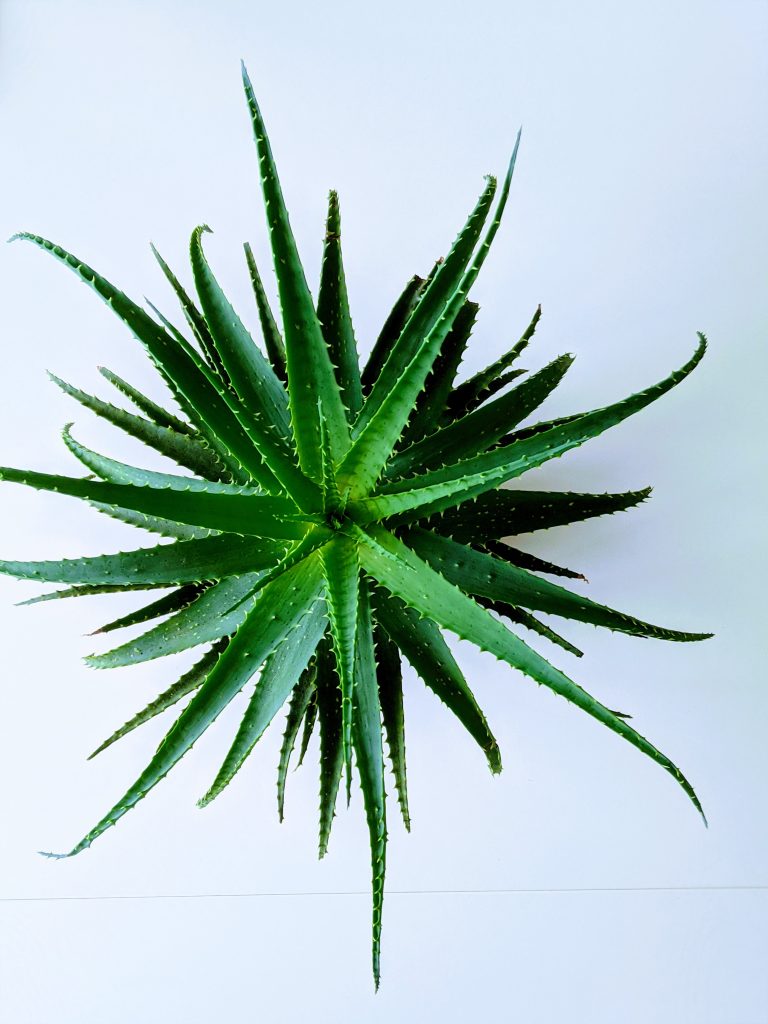 Aloe vera has anti-inflammatory properties and can be applied topically to reduce swelling. Use fresh aloe vera gel or aloe vera cream.
Aloe vera has anti-inflammatory properties and can be applied topically to reduce swelling. Use fresh aloe vera gel or aloe vera cream.
Green tea
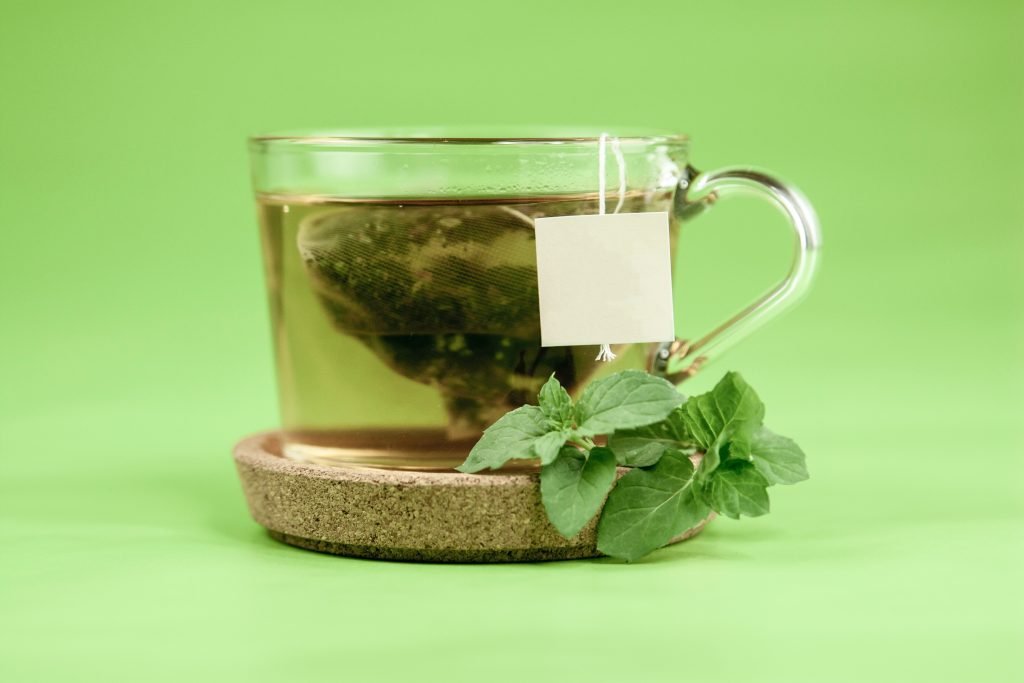 Green tea contains antioxidants and anti-inflammatory compounds that can help reduce knee swelling. Drink 1-2 cups of green tea per day.
Green tea contains antioxidants and anti-inflammatory compounds that can help reduce knee swelling. Drink 1-2 cups of green tea per day.
White willow bark
White willow bark contains salicin, a natural anti-inflammatory compound. Take a white willow bark supplement or drink white willow bark tea.
Chamomile
Chamomile has anti-inflammatory properties and can be taken in supplement form or used in tea to help reduce knee swelling.
Essential oils
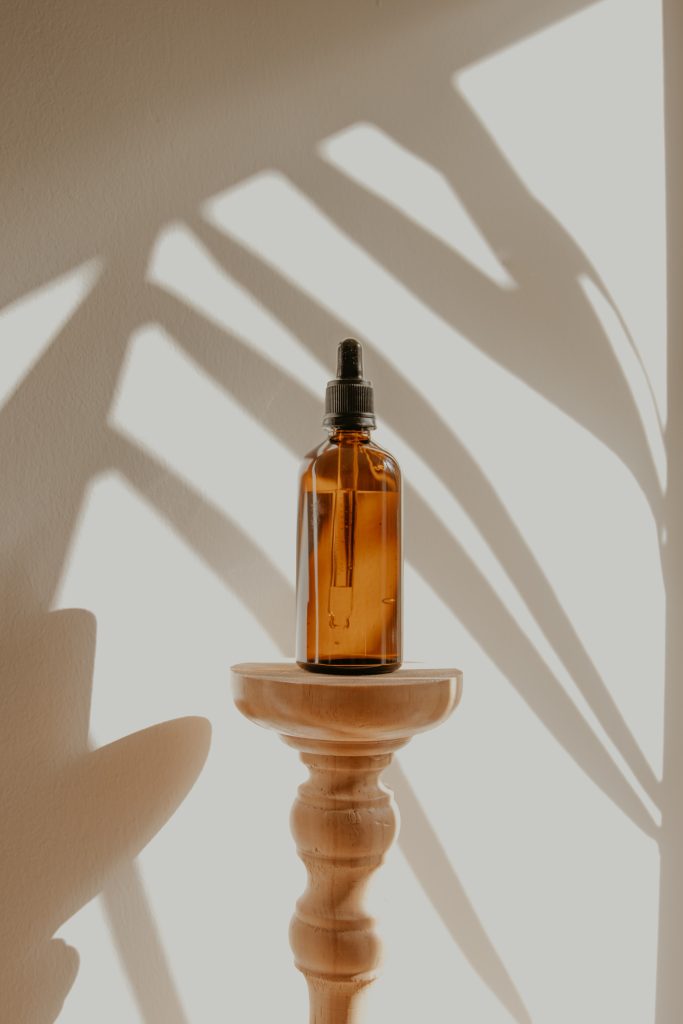 Essential oils like peppermint, lavender, and eucalyptus can help reduce knee swelling and promote relaxation. Dilute a few drops of essential oil in carrier oil and massage into the knee.
Essential oils like peppermint, lavender, and eucalyptus can help reduce knee swelling and promote relaxation. Dilute a few drops of essential oil in carrier oil and massage into the knee.
Conclusion
In this blog, we discussed various things about swelling in legs; symptoms, causes, and treatment. Read this blog till the end to find more details information.


 Applying ice to the knee for 20 minutes at a time can help reduce swelling and pain. Use a cold compress or a bag of frozen vegetables wrapped in a towel.
Applying ice to the knee for 20 minutes at a time can help reduce swelling and pain. Use a cold compress or a bag of frozen vegetables wrapped in a towel.
 Turmeric has anti-inflammatory properties and can be added to food or taken in supplement form to help reduce knee swelling.
Turmeric has anti-inflammatory properties and can be added to food or taken in supplement form to help reduce knee swelling.
 Ginger has anti-inflammatory properties and can be added to food or taken in supplement form to help reduce knee swelling.
Ginger has anti-inflammatory properties and can be added to food or taken in supplement form to help reduce knee swelling.
 Massaging the knee can help improve circulation and reduce swelling. Use gentle, circular motions with your fingertips.
Massaging the knee can help improve circulation and reduce swelling. Use gentle, circular motions with your fingertips.
 Apple cider vinegar has anti-inflammatory properties and can be added to food or taken in supplement form to help reduce knee swelling.
Apple cider vinegar has anti-inflammatory properties and can be added to food or taken in supplement form to help reduce knee swelling.
 Omega-3 fatty acids found in fish oil can help reduce inflammation and swelling. Take a fish oil supplement or eat fatty fish like salmon.
Omega-3 fatty acids found in fish oil can help reduce inflammation and swelling. Take a fish oil supplement or eat fatty fish like salmon.
 Pineapple contains bromelain, an enzyme that can help reduce inflammation and swelling. Eat fresh pineapple or take a bromelain supplement.
Pineapple contains bromelain, an enzyme that can help reduce inflammation and swelling. Eat fresh pineapple or take a bromelain supplement.
 Aloe vera has anti-inflammatory properties and can be applied topically to reduce swelling. Use fresh aloe vera gel or aloe vera cream.
Aloe vera has anti-inflammatory properties and can be applied topically to reduce swelling. Use fresh aloe vera gel or aloe vera cream.
 Green tea contains antioxidants and anti-inflammatory compounds that can help reduce knee swelling. Drink 1-2 cups of green tea per day.
Green tea contains antioxidants and anti-inflammatory compounds that can help reduce knee swelling. Drink 1-2 cups of green tea per day.
 Essential oils like peppermint, lavender, and eucalyptus can help reduce knee swelling and promote relaxation. Dilute a few drops of essential oil in carrier oil and massage into the knee.
Essential oils like peppermint, lavender, and eucalyptus can help reduce knee swelling and promote relaxation. Dilute a few drops of essential oil in carrier oil and massage into the knee.